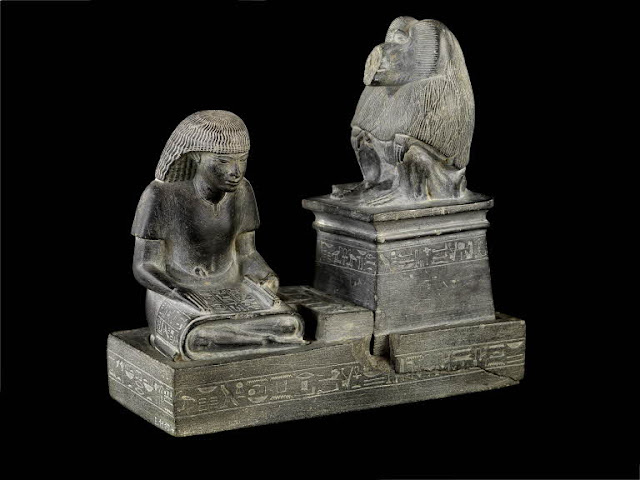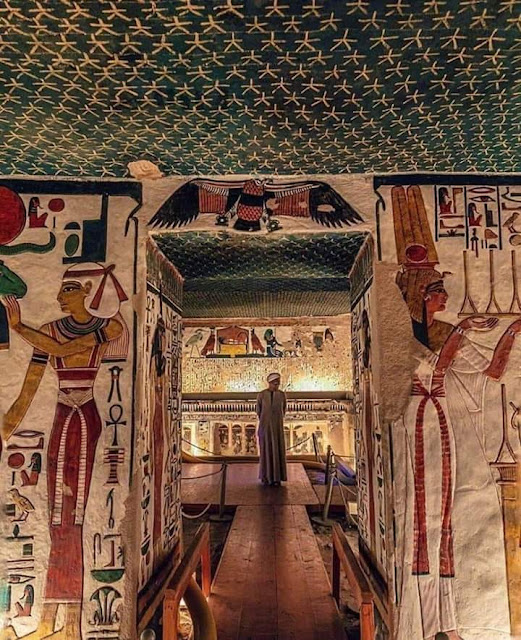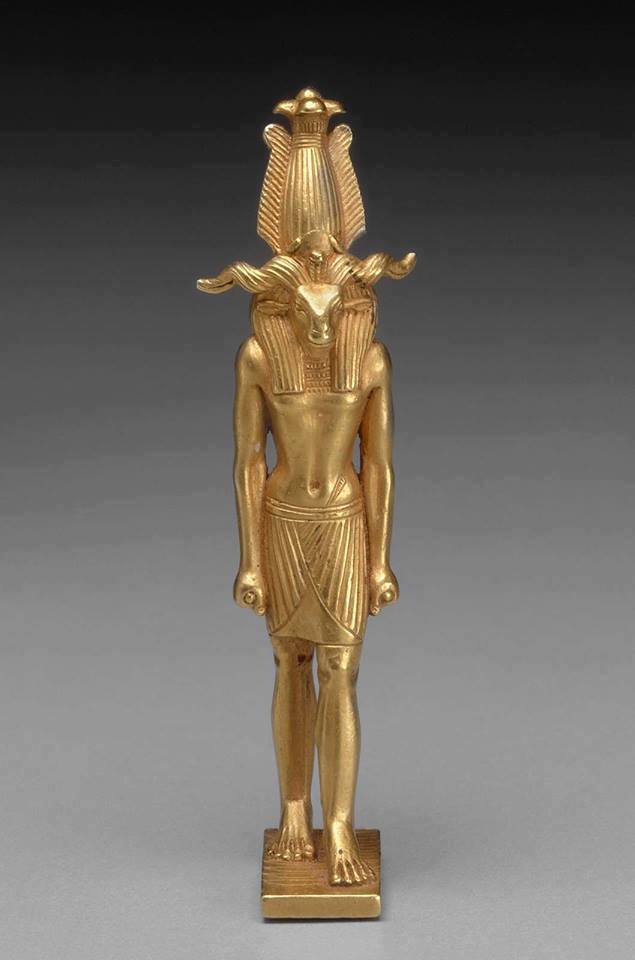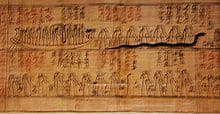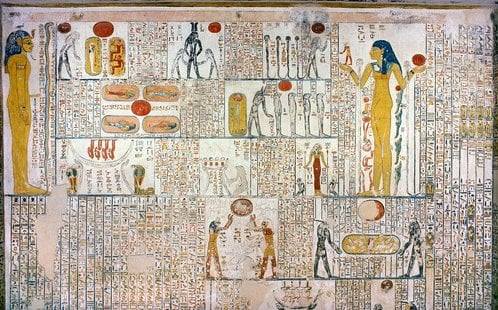When a new king ascended the throne of Egypt, the ancient Egyptians would start the account again, and they would mark the first day of the first month of the first year of the king's rule.
As if Egypt was born again with the beginning of the rule of each new king... As if what has passed years is not taken into account and no new cumulative count is built upon it.
It is difficult for a person of modern civilization to understand this way of "whistling the counter" and looking at time as if it were born again with every new king ascending the throne of Egypt.
This is because modern civilization looks at time as if it is going in a straight line, so astronomical calendars are based on adopting a land event (such as birth or migration) as the beginning of the calendar and then continuing the cumulative count to no end. This walk in a straight line contradicts the nature of the time that it is walking in
Circuits/courses.
Ancient civilizations understood time as cycles, beginning and ending. And when a period of time ends, a new cycle begins, and in this case, the traumatic enemy cannot be completed because the old cycle has been completed. Here, humanity must re-"reset the counter" and start calculating the time from the first day, from the first month of the new time cycle.
The accession of a new king to the throne of Egypt was an important event not only on
Politically, but it was a cosmic event because the king in ancient Egypt was the embodiment of "Hor" (Horus), which is one of the nitro (divine beings / cosmic powers) it played a role in the origins and development of the universe.
Horus was the tenth of the ninth (IX / Iono / Heliopolis) .....
Number ten in Pythagorean numerology was the most complete number and is the symbol of perfection. And, this number is related to Horus, because Horus is the one who came to complete the role played by the ninth in the creation of the universe.
Horus inherited the throne of his father Ozir, and he was the first to undertake the process of uniting the two lands (Sama-Tawi), and he also bore the title of "Hor-my sister", meaning Horus the horizons (or Horus, who travels in the horizons ... the western horizon and the eastern horizon).
Each of the kings of Egypt was the embodiment of Horus, and upon his ascension, to the throne of Egypt a new cosmic cycle begins with him because the king's role in Egypt was not political in the first place, but his role was to repeat the events of the first generation and the repetition of Horus Al-Azly The unification of the two lands and migration between the western and eastern horizons, which guarantees the continuation of the objection (the cosmic system) and the fact that the universe does not fall into the abyss of chaos and darkness.
That view of time as cycles was the view of all ancient civilizations.
We find that the Mayan calendar also adopted the system of cycles, which ends in time at the end of each cycle and start counting again. Therefore, we find that the famous Mayan calendar stopped counting on December 21, 2012.
The Mayan civilization offers three types of calendars, the longest of which is what is known as the long-term calendar, which has a duration of 5126 years, as this calendar began in 3114 BC and ends in 2012 (specifically on December 21, 2012). This calendar divides those 5126 years into 394 periods of recognition Each period in the name "Pacton" consists of about 13 years (which is a sacred number for the Maya), and the last Pacton ends in the Mayan calendar on December 21, 2012, and there is no indication of another session that is completed after this date as if the time will stop suddenly on this day.
People who think that this is a sign of the end of the world make mistakes. Rather, the truth is that the grand session of the Mayan calendar will end and a new grand session will begin, and accordingly, the cumulative count cannot continue.
And according to the nature of the cycles of time, it is better for humanity to follow ancient civilizations and leave the method of cumulative counting ... and to proceed according to the laws of maat (laws of global balance) and start the accounting again with the beginning of the new cosmic cycles.
